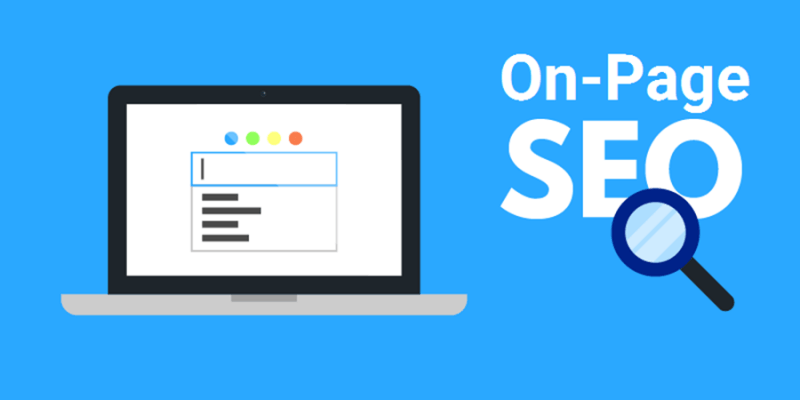Using User-Generated Content (UGC) for SEO Boosting
User-generated content (UGC) is used by many companie not only for SEO purposes, but also as a part...
When building your new website, before putting it out there to the world and ranking on keywords, what you need to do first is make sure that the website itself is SEO optimized. By this, we refer to the structure of the website, but also to all of the other seemingly small things you should keep in mind.

To be fair, on-page SEO is not as important as off-page SEO, but it sure builds a nice image for your website and contributes to the overall SEO ranking of your website. Here are the most important aspects of on-page SEO you need to take care of before your website goes live!
Let’s make one thing clear from the start – meta descriptions are not ranking factors these days. However, they still provide value to your individual website pages. The most important one is, of course, your homepage, and you need to put at least a bit of effort in writing a killer meta description. Why? – because the meta descriptions serve as snippets of the pages of your website. And we all know that a catchy and relevant snippet can directly improve the click-through-rate (CTR) of users that searched for a keyword or phrase.
Duplicates are not nice things to have on your website – from all aspects. When crawl bots stumbleupon different pages with exactly the same content (regardless if both of them are on your website, or if there is a duplicate on some other website), they automatically regard them as two separate pages that are not linked in any way, but share the same content. For them, it might be a sign that someone is a copycat! And they can determine who by checking which of the two was published first. Having duplicate content can have serious consequences on the ranking of your website. Be sure to check for duplicate pages on your website, and if you have used content from another website, always use a canonical tag or 301-redirect.
The way the URLs on the individual pages on your website are structured is another factor in ranking you should take seriously. To structure your URLs in an SEO-friendly way, you need to be descriptive (no too descriptive, though!) and to be able to show the hierarchy. Using post dates or internal references in your URLs is something that provides no information to spiders. Oh, and of course, no underscores! Use dashes instead!
Crawls bots are not visual ‘creatures’. They do not see things, but they rather analyze the code and the letters to make sense what your website is about. And chances are, you will have many pictures on your website that the spiders can’t see. Shame, shame! To give a boost to your website, make sure you use images ALT tags. The ALT tags serve as ‘explanations’ of what the images are all about. You should accurately ‘describe’ what’s shown on the image, and of course, it is a good place to use some of the keywords you are trying to rank for. Many sites forget about images ALT tags, don’t make the same!
Last, but definitely one of the more important things regarding your on-page SEO are the title tags you will use. Title tags should always contain the relevant keyword for the individual page, and contain the main keyword for the home page. However, be careful not to overdo the title tags – making them too long might have a negative effect, i.e. it will take the focus off from the keyword you are actually trying to rank for!
07/02/2018 6,450 Views
User-generated content (UGC) is used by many companie not only for SEO purposes, but also as a part...
2018 is almost over and it is time to look back on all of the things you have done this year in...
If you reach the top spot on your desired keywords, then it is definitely a good reason to...